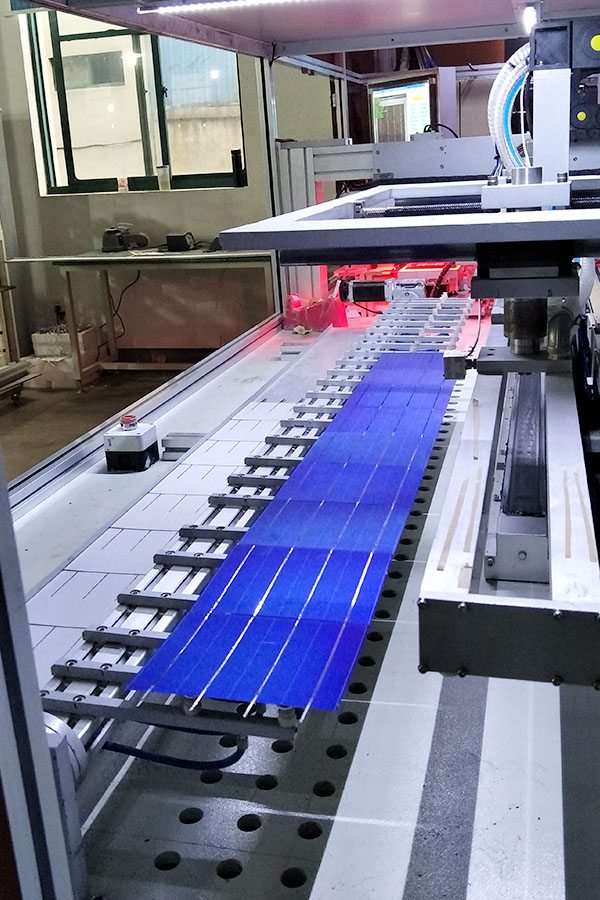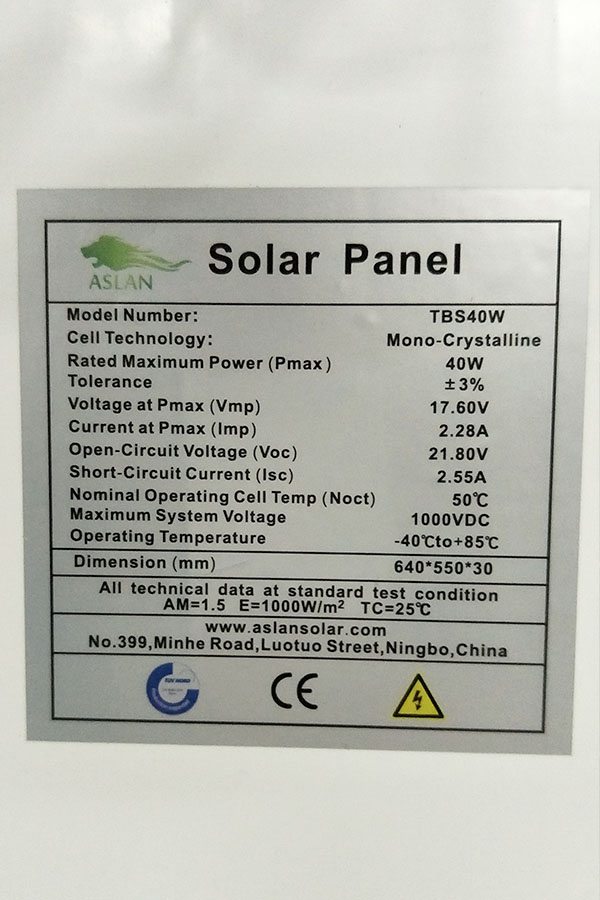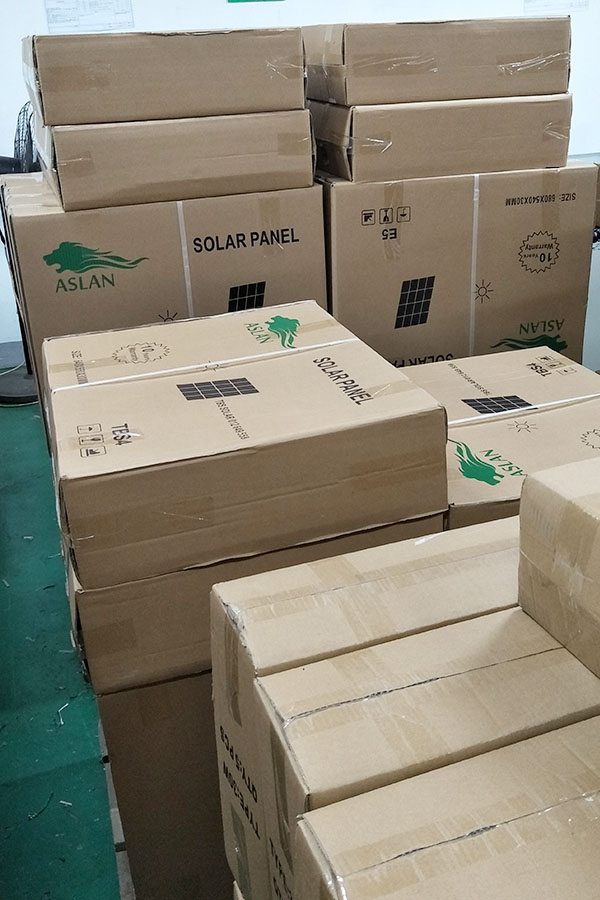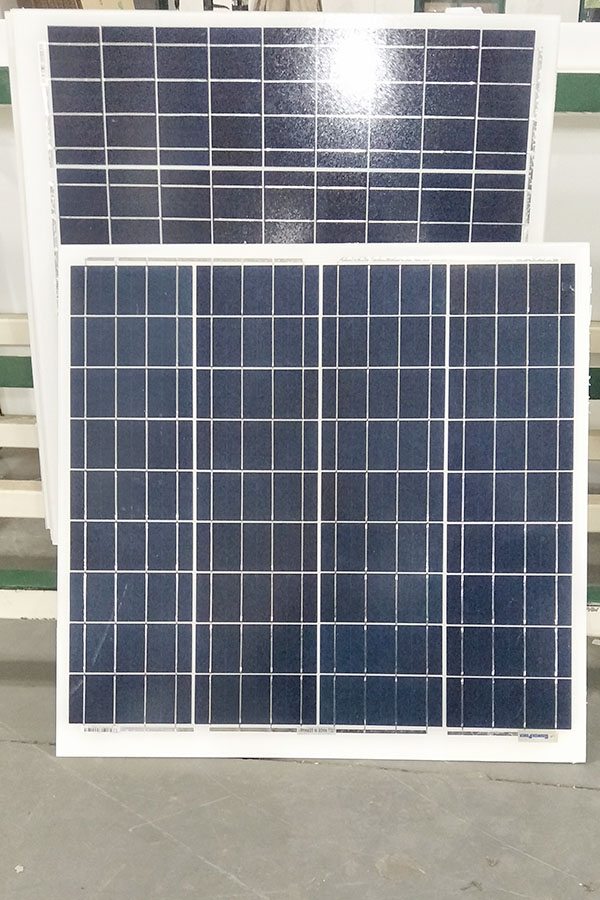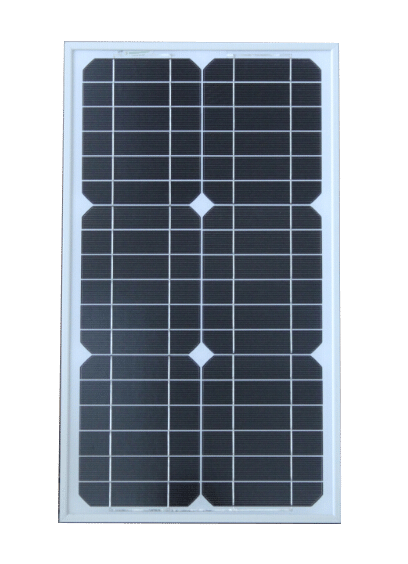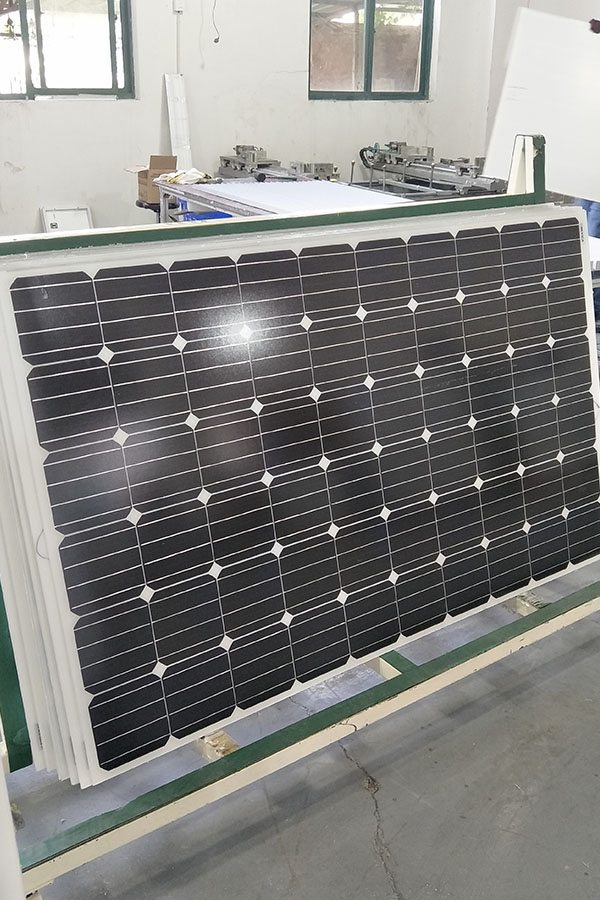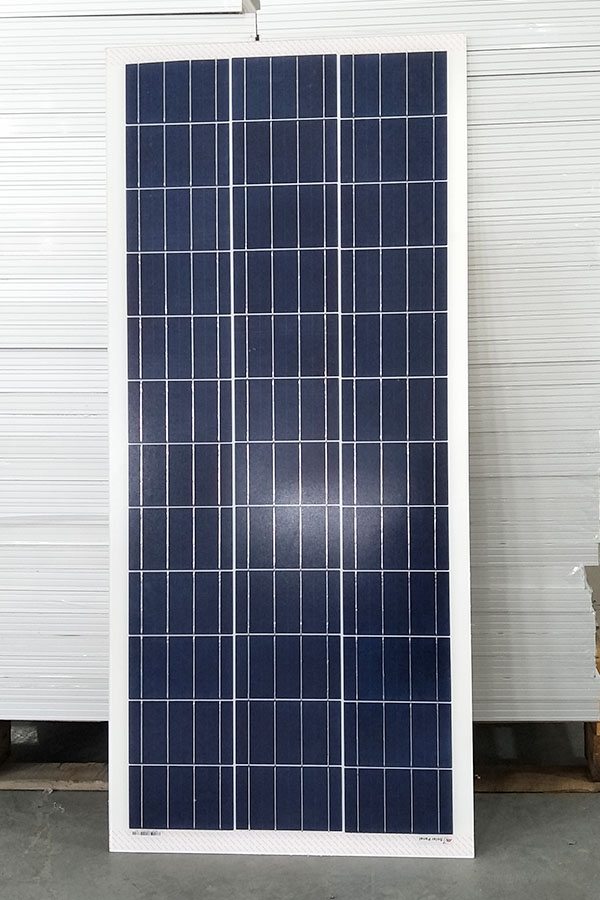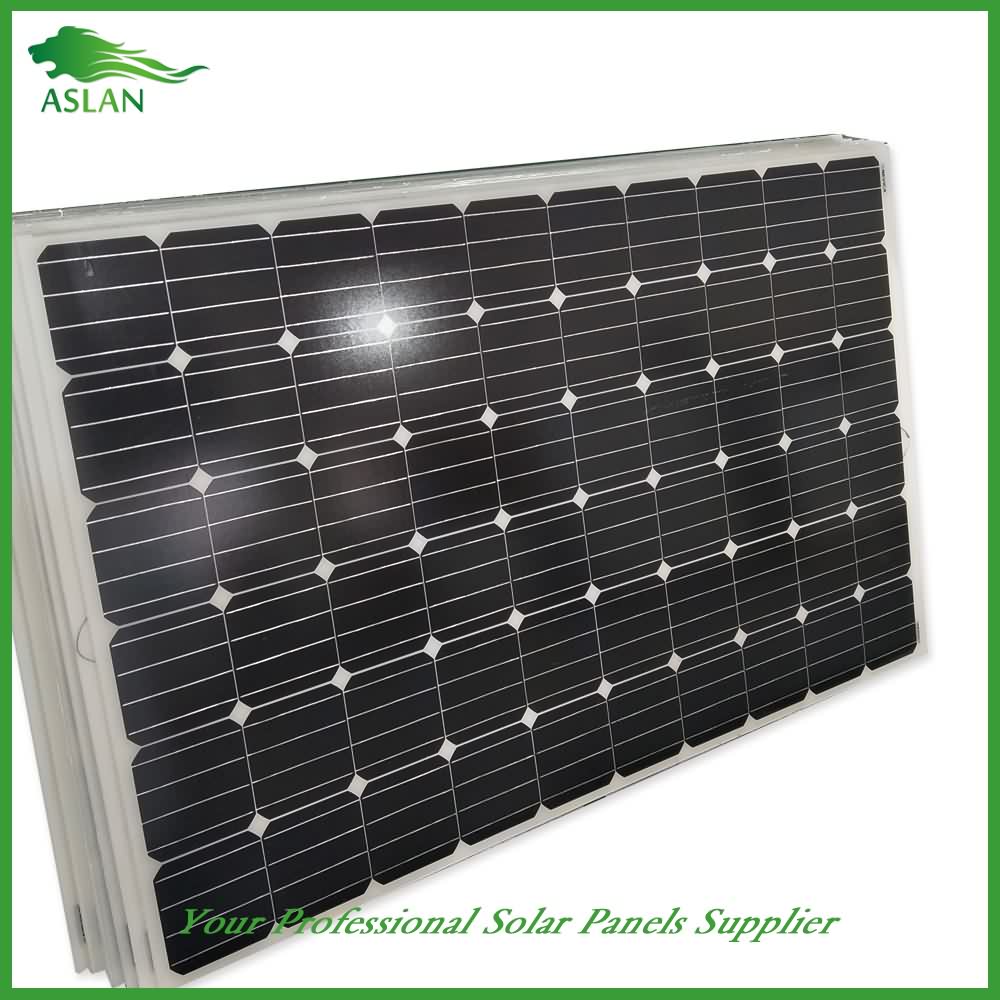One of Hottest for Poly-crystalline Solar Panel 40W to Australia Importers
Short Description:
Our development depends on the advanced equipment, excellent talents and continuously strengthened technology forces. One of Hottest for Poly-crystalline Solar Panel 40W to Australia Importers, Our company maintains safe business mixed by truth and honesty to keep long-term relationships with our customers.
Poly-crystalline Solar Panel 40W
Technical parameter
Maximum Power(W) 40W
Optimum Power Voltage(Vmp) 17.35V
Optimum Operating Current(Imp) 2.31A
Open Circuit Voltage(Voc) 21.16V
Short Circuit Current(Isc) 2.53A
Mechanical Characteristics
Cell Type Polycrystalline 156 x 52mm
No of Cell 36 (4x9pcs)
Dimensions 670x420x30mm
Weight 4.0Kg
Front Glass 3.5mm,High Transmission, Low Iron,Tempered Glass
Junction box IP65 Rated
Output Cable TUV 1×4.0mm2/UL12AWG,Length:900mm
Temperature and Coefficients
Operating Temperature(°C): -40°C ~ + 85°C
Maximum System Voltage: 600V(UL)/1000V(IEC) DC
Maximum Rated Current Series: 15A
Temperature Coefficients of Pmax: -0.47%
Temperature Coefficients of Voc: -0.389%
Temperature Coefficients of Isc: 0.057%
Nominal Operationg Cell Temperature (NOCT): 47+/-2°C
Materials of solar panel
1).Solar Cell——Polycrystalline solar cell 156*52mm
2).Front Glass——-3.2mm, high transmission, low iron, tempered glass
3).EVA——-excellent anti-aging EVA
4).TPT——-TPT hot seal made of flame resistance
5).Frame——anodized aluminum profile
6).Junction Box——-IP65 rated, high quality, with diode protection
Superiority: high quality anodized aluminum frame, high efficiency long life, easy installation, strong wind resistance, strong hail resistance.
Features
1. High cell efficiency with quality silicon materials for long term output stability
2. Strictly quality control ensure the stability and reliability, totally 23 QC procedures
3. High transmittance low iron tempered glass with enhanced stiffness and impact resistance
4. Both Poly-crystalline and Mono-crystalline
5. Excellent performance in harsh weather
6. Outstanding electrical performance under high temperature and low irradiance
Quality assurance testing
Thermal cycling test
Thermal shock test
Thermal/Freezing and high humidity cycling test
Electrical isolation test
Hail impact test
Mechanical, wind and twist loading test
Salt mist test
Light and water-exposure test
Moist carbon dioxide/sulphur dioxide
China Manufacturer : http://www.zyyenergy.com
–Zhejiang Yummy Technology Co., Ltd
Add: 78 Building Houzhai Industrial Distric,Yiwu 322000,Zhejiang,China
Email: inquiry@zyyenergy.com
Tel: 0086-18868582038
Tel: 0086-57985161015
Skype: albert7076
WhatsApp: +86 18868582038
Wechat/QQ: 43630129
Gdlite Solar LED Lighting System
Last week I happened upon videos about kitchen lithography. It got me very excited! I couldn’t wait to try the process out for myself. But, what occurred to me was that it was the acidic properties of cola that was responsible for the etch. This led me to believe that white vinegar might be a more practical alternative to etch with. Practical in the sense that it’s just as acidic as cola, can be re-used many times, thereby becoming more cost effective. As you can see by the results on the video, the process works equally as well using white vinegar as the etch instead of cola. Here is a list of the materials you’ll need to do the process yourself:
1. Heavy Duty aluminum foil (Use dull side to work on)
2. Gloves
3. Litho crayon
4. Piece of plexi-glass
5. Vegetable oil
6. Paper towels
7. Plastic tub
8. White vinegar
9. Water
10. Etching or relief ink
11. Brayer
12. Sponges
13. Trays for water
14. Paper
15. Spoon or etching press
I plan to try more experiments using white vinegar in the future. Will post more results for you to see.
P.S. I had two semesters of lithography at community college so I know what I’m talking about. ![]() (ha ha!)
(ha ha!)

